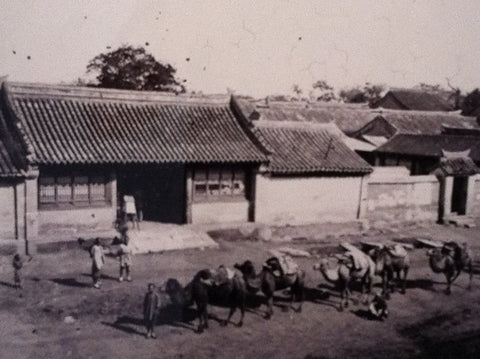The first tea from China to arrive in Moscow was a present of 65 kilograms to Tsar Michael I from a Mongolian khan during the first half of the 17th Century. Over the next hundred years, tea remained a rare and expensive commodity, consumed only by royalty and the very wealthy.
Following the first Sino-Russian Treaty, signed in 1689, and the accession to power of Catherine The Great, tea imports to Russia increased slowly — though tea for a long while remained a luxury good. It was Catherine who established the routes within Russia and promoted the import of tea. So successful was this support that by the end of her rule, Russia was importing more than three million pounds of tea per year — a quantity sufficient to drive the price of tea in Russia low enough that it could become popular with and available to the middle and lower classes of the nation.
The bulk of this tea came north along what is commonly called the Great Tea Road (one of the two historic tea roads).

Starting in Wuhan, the Great Tea Road wound more than 4,000 miles, north through Mongolia and west through much of Russia. Like the Silk Road (which, understandably gets a lot more press) the operation of the Great Tea Road eventually became a massive international undertaking, mountain passes were carved, customs offices maintained, and marauders kept at bay. Camels were the primary engines of freight.
While The Great Tea Road has been supplanted by trains, notably the Trans Siberian Railway, tea itself has never been more popular — More than 80% of Russians still drink tea on a daily basis, consuming nearly twice as much tea as coffee.
Photo taken: 1878.
